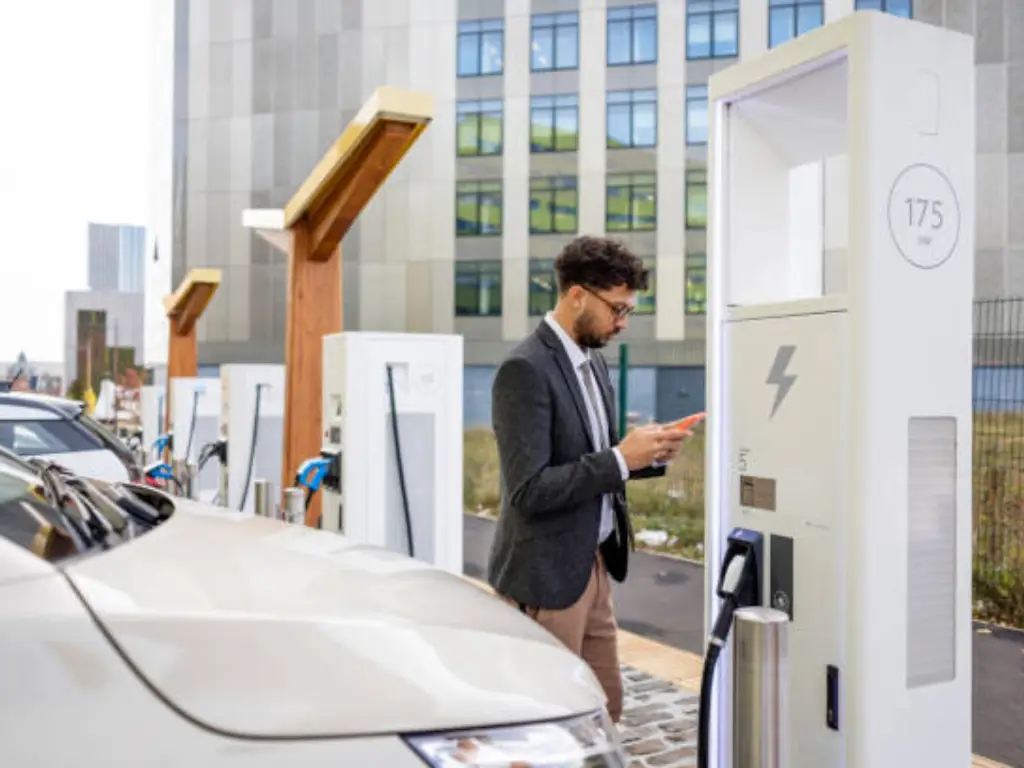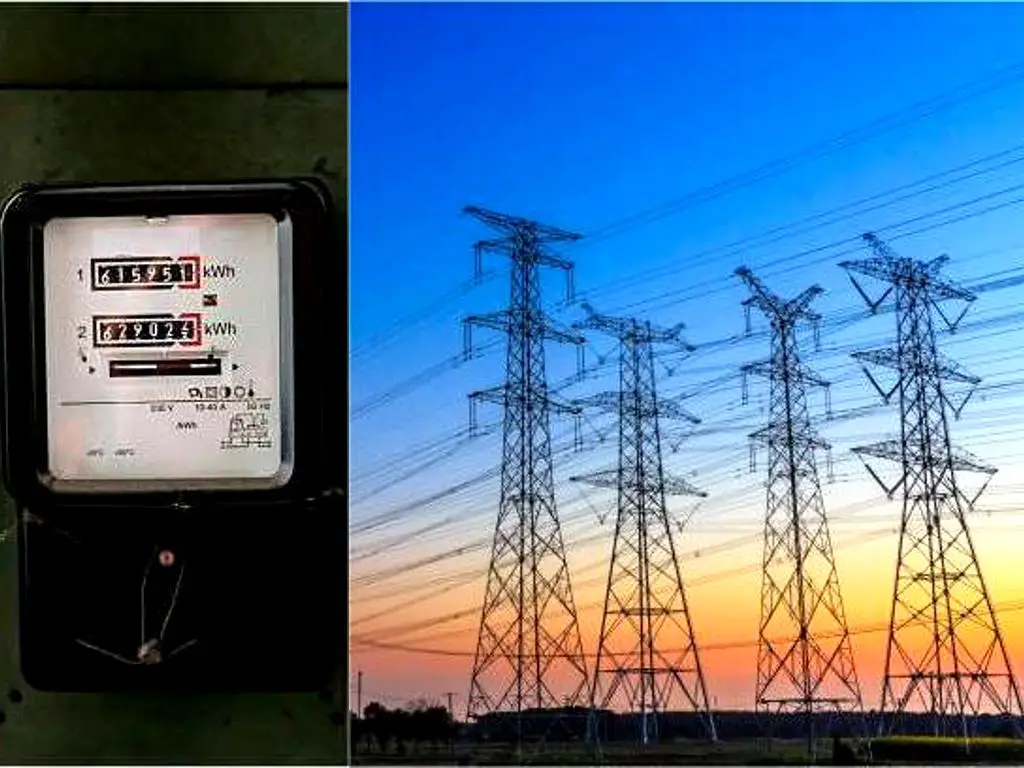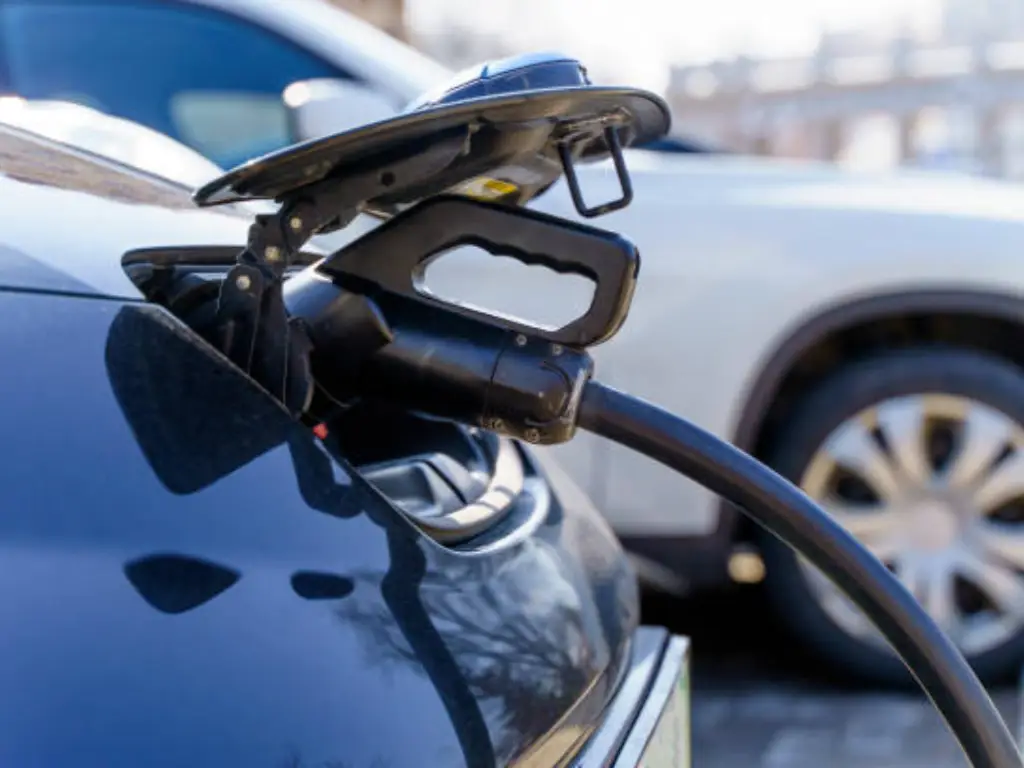What Is an Off-Grid Solar System? Your Complete 2025 Guide
Share this article in Social Media:
- Home
- What Is an Off-Grid Solar System? Your Complete 2025 Guide
This guide will offer a thorough analysis of what an off-grid solar system is, its operation, and the most important factors that need to be considered when designing, installing, and operating it.
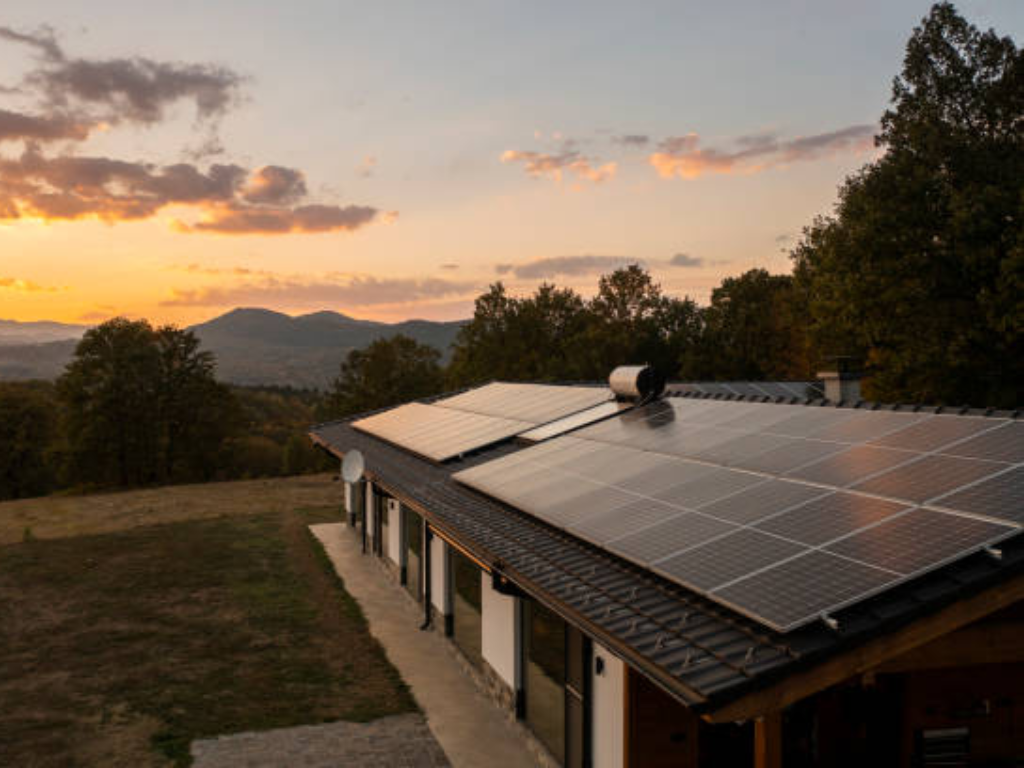
What is an Off-Grid Solar System & How It Works
An off-grid solar system is an independent energy system. It is characterized by the fact that it is totally independent of the utility grid. An off-grid system is a system that produces and stores electricity on-site as opposed to traditional power, which is produced in a centralized network of power plants. It is the only power source to the property it serves, and so it is the benchmark of powering homes in remote locations or anyone who wants to break completely with utility companies.
The system operates in a logical order. It starts with the process of capturing solar energy and concludes with the supply of usable power to the domestic appliances.
- Generation: This begins with solar panels. These panels are made of photovoltaic cells, which absorb sunlight and with the help of a process called the photovoltaic effect, they directly convert sunlight into direct current (DC) electricity.
- Regulation: This direct current power is directed off the panels to a charge controller. The charge controller is a very important device that serves as a gatekeeper to the battery bank. It controls the voltage and current to ensure that the batteries do not overcharge, which may destroy them and reduce their life span.
- Storage: The electricity is then used to charge a battery bank. This is the core of an off-grid system. The battery storage system stores the surplus energy that is generated during the peak sun hours to be used when the solar panels are not producing power, like at night or on cloudy days.
- Conversion: The stored DC electricity is pulled out of the battery bank when power is required in the home and sent to an inverter. The purpose of the inverter is to change the low-voltage DC electricity into the normal 120-volt or 240-volt alternating current (AC) electricity needed to power most standard household appliances.
- Distribution: When the power is changed to AC electricity, it flows through the wiring of the home to outlets and fixtures and supplies continuous power to the lighting, refrigerators, computers, and other appliances.
This closed-loop system will provide a home with a steady and dependable power supply, which is produced solely by a renewable energy source and controlled right on the premises.
Off-Grid vs. Grid-Tied vs. Hybrid Systems
To fully understand the unique position of an off-grid system, it is necessary to compare it with the other main types of solar power systems. The primary distinction among them is their relationship with the electrical grid, which dictates how they handle power generation, storage, and reliability during an outage.
| Feature | Off-Grid System | Grid-Tied System | Hybrid System |
|---|---|---|---|
| Connection to Utility Grid | Completely disconnected. The system is 100% self-sufficient. | Directly connected. Relies on the grid for stability and to draw power when needed. | Connected to the grid, but can also operate independently. |
| Power During an Outage | Unaffected. Provides continuous power supply as long as there is battery storage. | Shuts down. For safety, the system automatically turns off to prevent sending power to the grid. | Uninterrupted power. Seamlessly switches to battery backup to power essential loads. |
| Handling of Excess Energy | Stored in the battery bank. Once batteries are full, generation is curtailed. | Sent back to the utility grid, often for credit through a net metering program. | First, it charges the battery bank. Once full, excess can be sent back to the grid. |
| Battery Requirement | Essential. The entire system depends on a battery bank for energy storage. | Not required. The grid acts as a virtual battery for excess power. | Essential. Requires a battery bank for backup power and energy management. |
| Initial Cost | Highest, due to the need for a large battery bank and a powerful off-grid inverter. | Lowest, as there is no need for batteries or a specialized hybrid inverter. | High, but can be scaled. The cost is between grid-tied and full off-grid systems. |
| Ideal Use Case | Remote locations without grid access or for those seeking total energy independence. | Urban and suburban homes with reliable grid access, primarily focused on reducing electricity bills. | Homes in areas with unreliable grids or for users who want both bill savings and backup power. |
The Pros and Cons of Going Off-Grid
The decision to go off-grid is a major one that has its own benefits and limitations. There must be a balanced evaluation.
Pros:
- Full Energy Independence: The first advantage is that it is not reliant on the utility grid. You no longer have to deal with power outages, utility company policy changes, or changing electricity prices. This gives unmatched peace of mind.
- Electricity Bills are eliminated: When the initial investment is recovered, the energy generated is free. This may result in significant long-term savings in cost and cushion you against the unavoidable increase in future rates of electricity bills.
- Enables Life in Remote Areas: In remote areas, the price of running power lines to the electrical grid can be astronomical. An off-grid solar system is a more cost-effective and feasible energy source.
- Environmental Responsibility: By producing your own power by using a renewable energy source, you greatly decrease your dependence on fossil fuels and decrease your carbon footprint.
Cons:
- High Start-up Cost: The start-up cost of an off-grid system is high. Initial costs are much greater than those of a grid-tied system because of the requirement of a large battery bank, a high-powered inverter, and, in many cases, more solar panels.
- Exclusive Maintenance: You, as the owner, are fully liable for the maintenance and repair of the system. No utility company to call in case of a power outage.
- Finite Power Supply: An off-grid system contains a limited supply of energy in the form of a battery bank. This involves deliberate control of energy consumption. You should be conscious of your power reserves during long periods of cloudy days or increased consumption above usual.
- Battery Management and Replacement: The battery bank is a consumable part. Although the current lithium batteries have a high battery life, they will ultimately require replacement, which is a high cost in the future.
Core Components of an Off-Grid Solar System
An effective off-grid solar power system is a set of well-sized, well-matched, and quality components. These are the key elements that one should comprehend when planning a reliable system.
- Solar Panels: The basis of energy generation. The current solar panel technology is very efficient and long-lasting. The number of solar panels that you will need will depend on how much energy you use daily and the maximum amount of sunlight in your area.
- Battery Bank: This is the energy storage of the system. The size of the battery bank will dictate the amount of energy you can hold and, by extension, the duration of time you can keep your house running without the sun. Lithium iron phosphate (LiFePO4) is the most popular battery technology today, as it has a long life, is safe, and efficient in comparison to the older types of batteries that use lead.
- Inverter: The inverter is used to convert the DC electricity of the batteries to AC electricity to power your home. Off-grid inverters should be capable of supporting the full electrical load of the house and generate a stable power signal on their own, as opposed to grid-tied inverters, which are synchronized with the grid.
- Charge Controller: This is a device that optimizes the amount of electricity that flows out of the solar panels to the battery bank. A good charge controller can make your energy production much more efficient by making use of technologies such as Maximum Power Point Tracking (MPPT), so that you can maximize the use of every hour of sunshine.
Critical Safety Components
In addition to the fundamental elements that produce and store power, there are a number of essential safety elements that make the system reliable and safe for the equipment and the occupants. This is one of the fields where quality and appropriate engineering cannot be compromised.
- DC Disconnects: These are switches that are placed between the solar panels, charge controller, and battery bank. They enable the DC power flow to be switched off manually, which is critical in carrying out maintenance, troubleshooting, or dealing with an emergency.
- Circuit Breakers and Surge Protective Devices (SPDs): Circuit breakers are used to protect wiring and components in the same way that a typical home electrical panel would have. SPDs are used to shield sensitive electronics against voltage spikes, which may be due to lightning or other electrical disturbances.
- Combiner Boxes: A combiner box is a safe and organized method of connecting the wiring in larger systems that have more than one string of solar panels. It concentrates the connections and usually contains circuit breakers or fuses per string, making it easier to maintain and enhance safety.
These components are designed by reputable manufacturers such as BENY to strict international standards because they know that the longevity of the system and the safety of the user are the most important. There is no compromise in investing in certified and high-quality protective devices.
Sizing Your System: A Practical Guide
The most important thing to do when designing an off-grid solar system is to size it properly so that it can satisfy your energy requirements without incurring unnecessary expenses. This can be done in three steps: first, an energy audit to find out how much electricity you use every day in watt-hours; second, an assessment of the average number of sun hours per day in your area to determine the size of the solar panel you need; and third, how many days of autonomy (days without sunshine) you want to have to calculate the size of your battery bank.
We will apply the theory to practice. Suppose we are designing a system to fit a small, energy-saving cabin.
Step 1: List Appliances and Daily Use (Energy Audit)
- LED Lights (4 x 10W for 5 hours) = 200 Wh
- Efficient Refrigerator (1 kWh/day) = 1,000 Wh
- Laptop Charging (60W for 3 hours) = 180 Wh
- Water Pump (200W for 1 hour) = 200 Wh
- Total Daily Energy Need = 1,580 Wh or ~1.6 kWh
Step 2: Calculate Solar Panel Needs
- Assume the location gets 4 peak sun hours per day on average.
- Required panel wattage = 1,580 Wh / 4 h = 395 Watts.
- Action: You would likely purchase a single large solar panel (e.g., 400W) or two smaller ones (e.g., 2 x 200W).
Step 3: Calculate Battery Bank Size
- We want 2 days of autonomy (backup for cloudy days).
- Total storage needed = 1,580 Wh/day * 2 days = 3,160 Wh.
- For a 24-volt system, the Amp-hour capacity needed is: 3,160 Wh / 24V = 132 Ah.
- Action: You would look for a 24V, 150Ah LiFePO4 battery to safely meet this need.
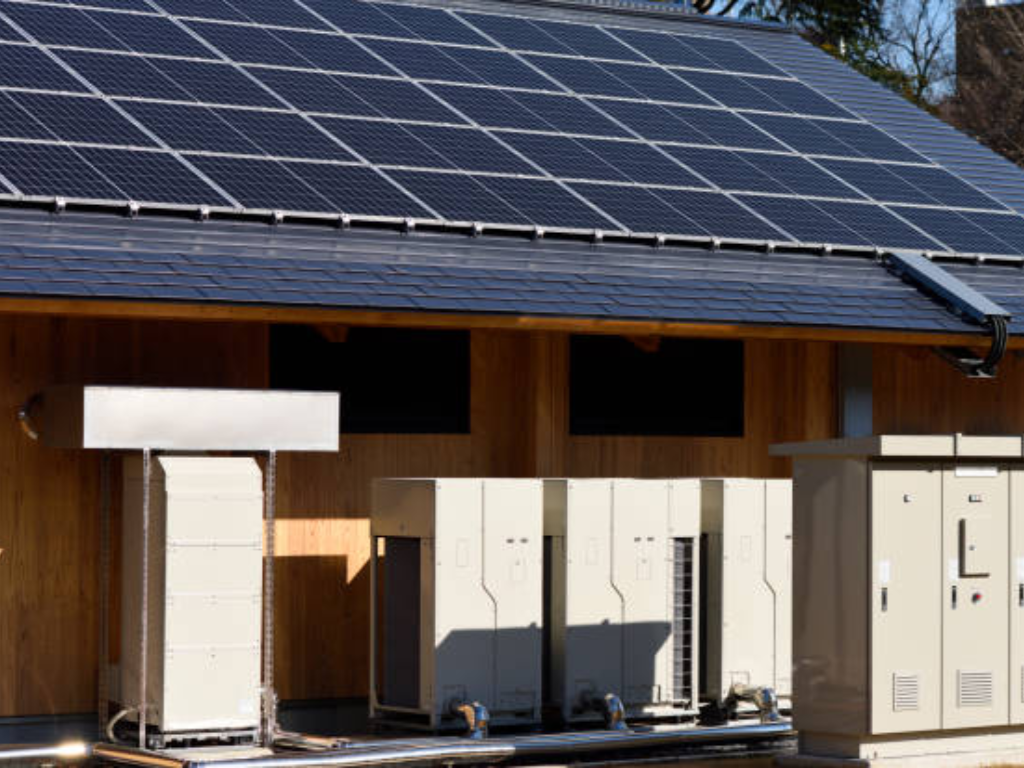
Estimating Your Total Off-Grid Investment
An off-grid system is very expensive. It is important to have a clear picture of all the costs involved to plan well.
- Component Costs: This comprises the highest part of the initial costs. It contains solar panels, an inverter, a charge controller, and most importantly, the battery bank, which can sometimes occupy a third or more of the total hardware cost. This process can be simplified by buying entire solar kits.
- Installation Costs: In case you are not doing a DIY installation, professional work will be a significant cost. This will involve the actual installation of panels, all the electrical wiring, and commissioning of the final system.
- Permits and Inspections: Depending on where you are located, you might be required to take out building and electrical permits, and these are associated with fees.
- Long-Term Costs: The main long-term expense is the replacement of batteries. Although a good lithium iron phosphate battery bank may last more than ten years, it will have to be replaced. It is important to consider this cost in the future in your budget.
Although the federal solar tax credit can dramatically cut the cost of solar installations, its extension to purely off-grid systems may be more complicated than to grid-tied systems. One should seek the advice of a tax professional to find out whether they are eligible.
Sample Cost Breakdown (2025 Estimates)
Here is a sample cost breakdown for two common off-grid scenarios. Please note these are estimates; prices for solar panels and lithium batteries fluctuate, and installation costs vary by location and complexity.
| Component | Small Cabin System (2-3 kWh/day) | Average Home System (10-15 kWh/day) |
|---|---|---|
| Solar Panels (approx. 1-2 kW) | $700 – $1,500 | $4,000 – $7,000 |
| Battery Bank (LiFePO4, 5 kWh) | $1,500 – $3,000 | $5,000 – $9,000 |
| Inverter/Charger (3-4 kW) | $800 – $1,500 | $2,500 – $4,000 |
| Safety Components | $200 – $400 | $500 – $1,000 |
| Racking & Wiring | $400 – $800 | $1,000 – $2,000 |
| Estimated Hardware Total | $3,600 – $7,200 | $13,000 – $23,000 |
| Professional Installation | $2,000 – $5,000 | $8,000 – $15,000 |
| Estimated Project Total | $5,600 – $12,200 | $21,000 – $38,000 |
DIY Installation vs. Hiring a Professional
The choice of whether to install the system or to employ a professional is a trade-off between cost, expertise, and risk.
- DIY Installation: The DIY approach is mainly driven by the huge savings on labor. This is a good alternative for those who have good electrical knowledge and construction skills. However, the risks are high. Handling high-voltage DC electricity is hazardous, and a poorly installed system may result in equipment failure, inefficient operation, or even severe safety risks such as fire.
- Hiring a Professional: Hiring a certified solar installer is a way of making sure that the system is designed and installed according to the best practices and electrical codes in the industry. Experience is introduced by professionals, and they usually provide a warranty on their workmanship. Although this route offers greater investment at the outset, it offers a greater level of security, stability, and tranquility.
Future-Proofing Your Energy Independence
An off-grid solar system is to be considered as a long-term energy solution. By making it future-oriented, you will be able to change it to suit your changing needs.
Scalability: Design your system to meet your future energy requirements. Selecting an inverter and charge controller with a larger capacity will make it easier to add more solar panels or batteries later without having to replace these fundamental parts.
EV Charging Integration: With the rise in the use of electric cars, the next logical step is to integrate an EV charger. This will enable you to charge your transportation using the sun, which will further make you energy independent. Leading companies such as BENY are already working on smart EV charging systems that will integrate with an independent power source, such as an off-grid solar system, making your energy self-reliant all the way to your transportation.
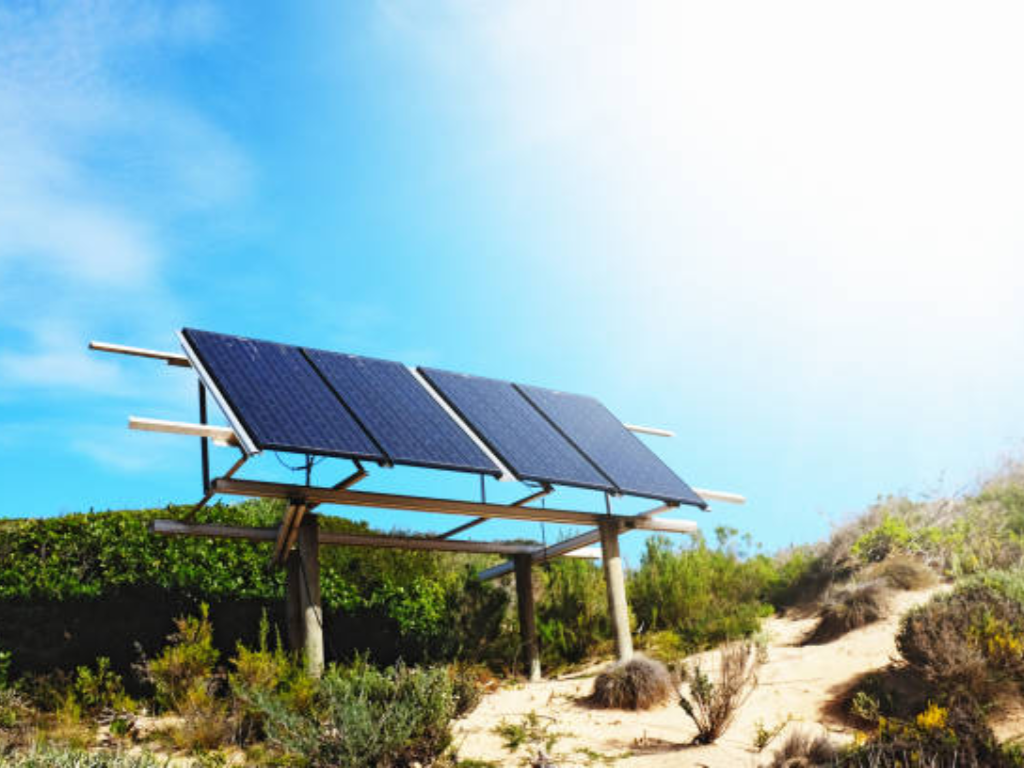
Choosing the Right Partner for Your Journey
The path to energy independence is a long-term investment, and the success of this investment depends on the quality of the components you select. The first thing to consider is to focus on manufacturers that have a history of success in PV safety and certified components so that your investment can last decades.
Construct your system with assurance. Learn about the entire range of industry-leading protection and EV charging solutions offered by BENY and establish the basis of real energy freedom.
© 2025 Off-Grid Solar System Guide – Professional PV Protection & EV Charging Solutions
